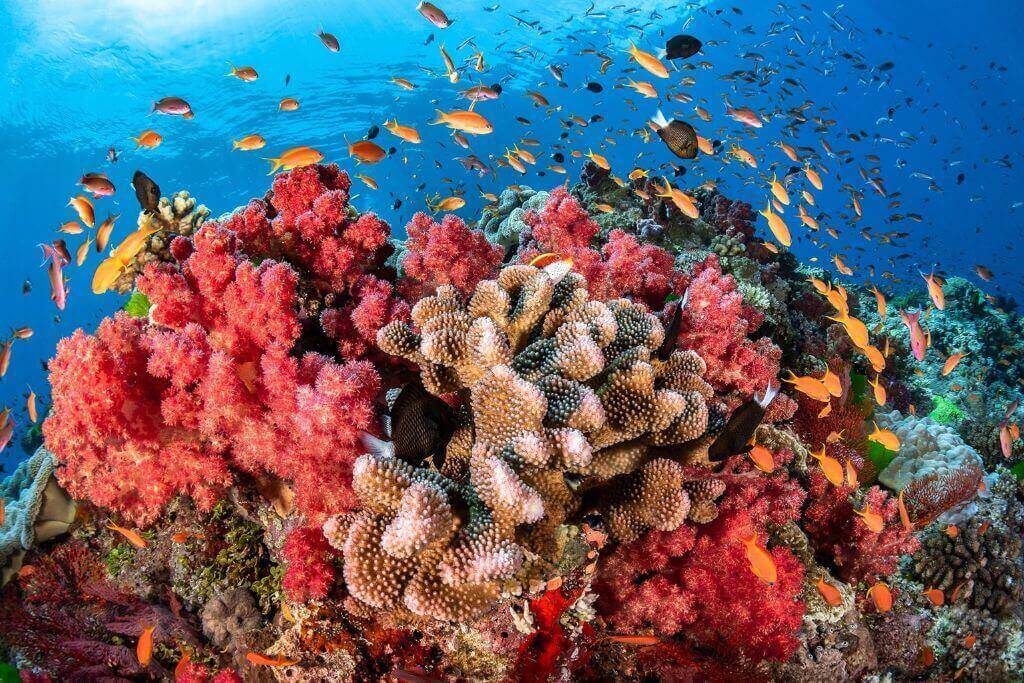The Great Barrier Reef in Australia is one of the seven wonders of the natural world. It is also a haven for a wide variety of marine species. Adventures in this breathtaking region can be had from the air, on a boat, or by scuba diving and swimming amid the amazing coral reefs. Here are 17 interesting facts about The Great Barrier Reef not everyone knew!
1. The biggest reef system in the world!
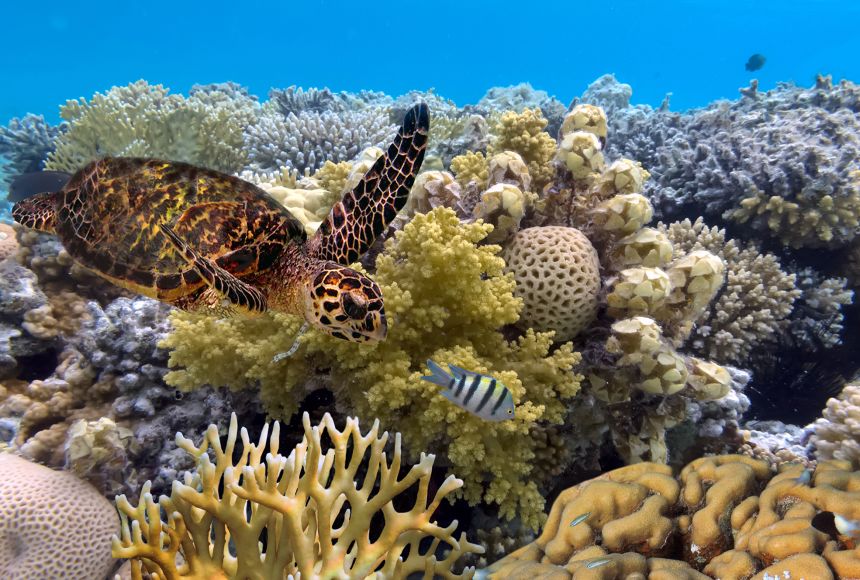
There is no doubting the size of the reef, with approximately 3,000 distinct reefs, 900 islands, and a length of 2,600km. You can even see this amazing living system from space. If you want to get an idea of its scale, picture Italy as if it were off the coast of Australia to start getting an idea of its magnitude.
See more related posts:
- 7 Funniest Activities In Great Barrier Reef You Should Try
- Australia’s Great Barrier Reef – One Of The World’s Greatest Places Of 2022
- 10 Remarkable Facts About The Daintree Rainforest, Australia
- Josephine Falls: The Best Natural Swimming Pool In Cairns
2. The Great Barrier Reef harbors a staggering variety of species
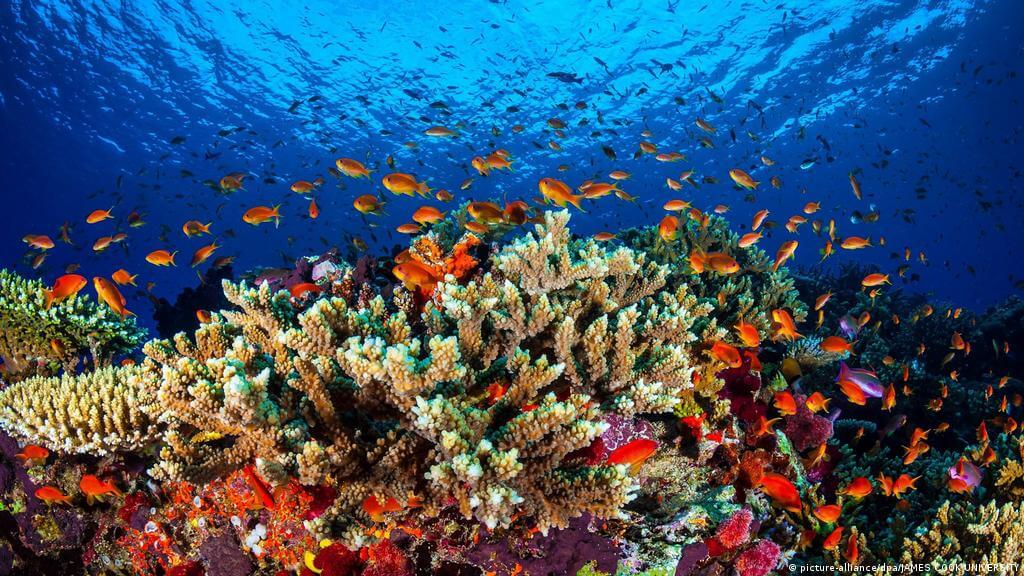
Here are some of the more amazing animal groups that the Great Barrier Reef is home to. It would not be easy to attempt to include all the species present:
- 30 species of whale, dolphin, and porpoise
- 6 species of turtle
- 17 species of sea snake
- The Great Barrier Reef is home to more than 1,500 different fish species, or 10% of all fish species in the world.
3. Facts about The Great Barrier Reef: Hope exists for the reef to reappear
You’ll be glad to know that steps are being taken to help conserve this natural wonder since the Australian Government and environmentalists place a high premium on protecting the Great Barrier Reef. In addition to efforts to lessen sediment runoff, hardy corals may now be bred outside of reefs in laboratories and then placed in the wild when they are mature.
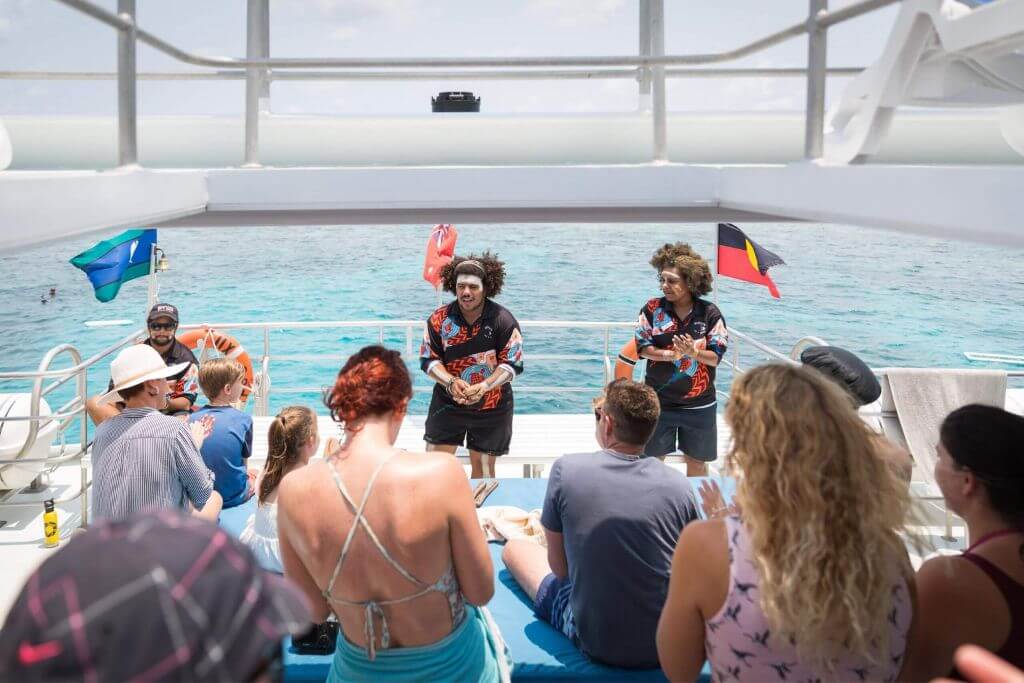
Additionally, while tourism might contribute to the challenges facing the reef, it can also help to solve them. The Great Barrier Reef is one of Australia’s most visited attractions. It is also a $5–6 billion annual revenue generator, receiving over 2 million tourists annually. Reef tourism generates significant financial support for reef preservation, and the more people who care about the reef, the more they will do to ensure its survival.
4. Living corals in The Great Barrier Reef
Tiny organisms called polyps, which have sac-like bodies and develop tentacles, create corals. Coral polyps employ calcium and carbonate ions from the seawater to build a strong outer skeleton to protect their soft bodies, giving corals their rock-like shape. Due to their interaction with the algae that dwell next to them, these polyps can survive.
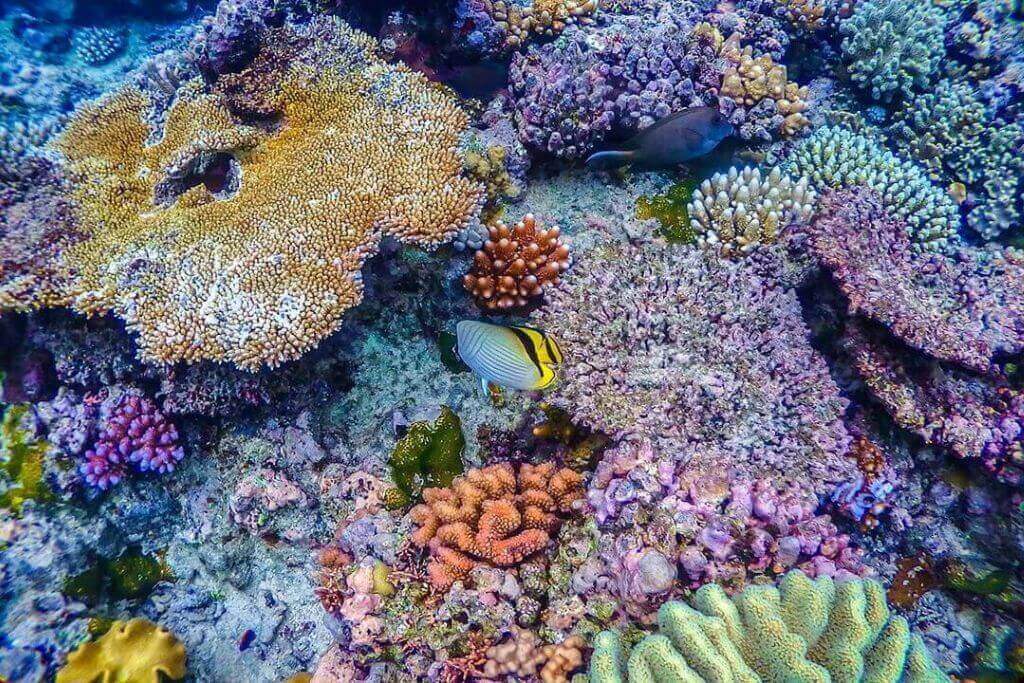
The algae take in sunlight from the sun and then provide food for the coral. The corals’ vivid colors are also a result of the algae. The polyps of corals emerge from their outer casings at night to capture passing tiny animals since corals are nocturnal.
5. Facts about The Great Barrier Reef: More than you might realize, the reef is out there
Although they flourish in warm, shallow seas, coral reefs are not necessarily near to land. A coral reef that runs parallel to the beach but is separated from it by a sizable lagoon is referred to as a barrier reef.
If it’s a windy day, visitors to the reef might be astonished to learn that it could take them between 45 minutes and two hours to get by boat to the diving spot.
6. Not all bleached reefs are dead reefs
Coral bleaching happens when environmental changes cause the polyps to eject the algae that are essential to their survival. Since the algae are what give the corals their color, a reef devoid of algae will undoubtedly be bleached and colorless.
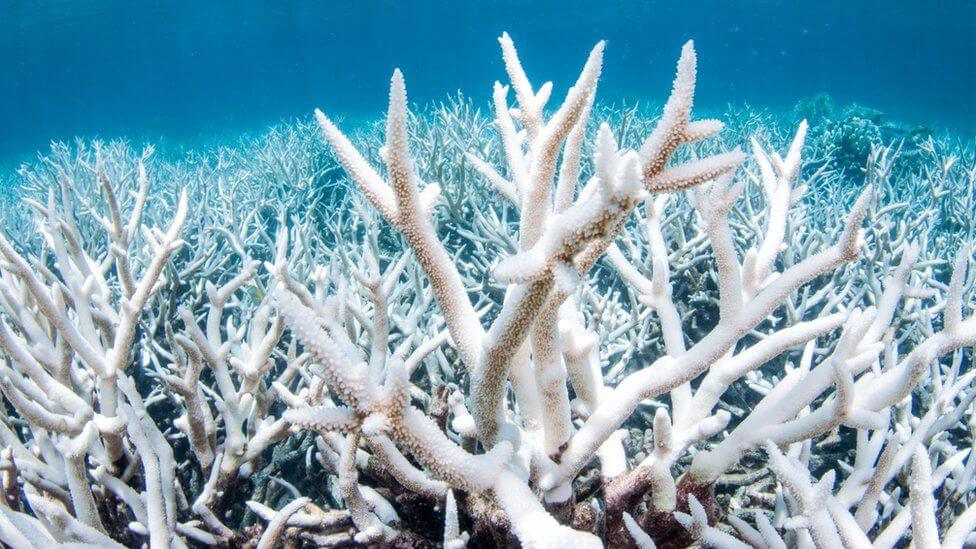
Although not all corals would die right away after this incident, they are left without their main food source and are consequently more likely to suffer from malnutrition and disease. Corals can bounce back after bleaching as long as the environment returns to normal and they are not put under too much stress too soon.
7. Facts about The Great Barrier Reef: The reef has existed for countless years
The old, dead structures are now supported by the living corals that make up the reef. These ancient corals could date back up to 20 million years!
8. There are still animals from the past in The Great Barrier Reef
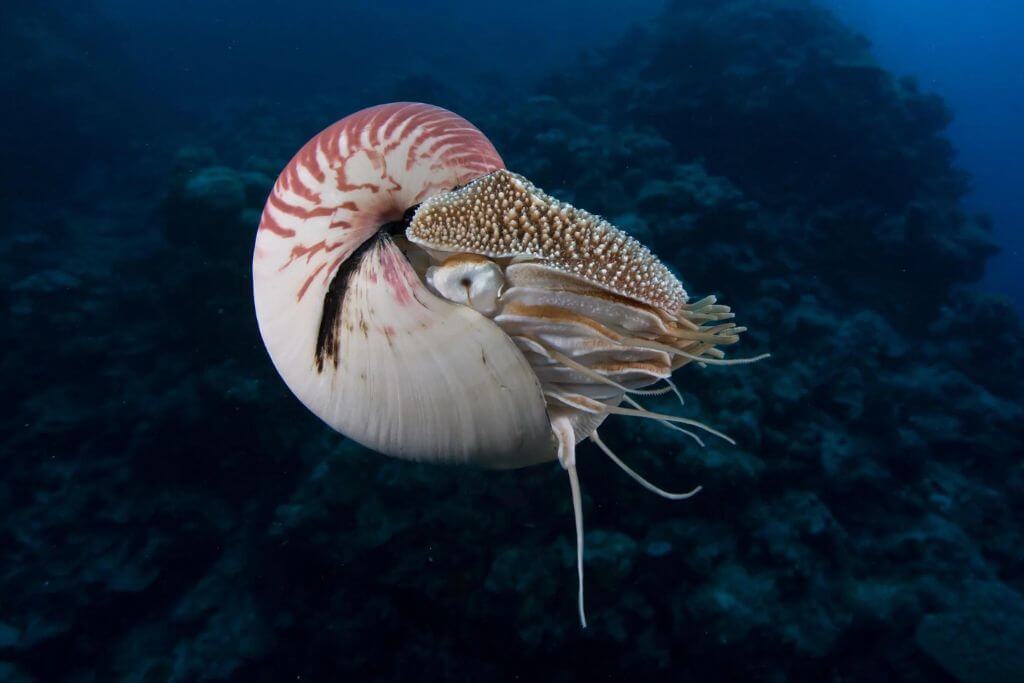
As was previously indicated, some of the coral structures, as well as some of the inhabitants, maybe millions of years old. Although the alien-looking nautilus is a distant relative of the squid, what sets it apart from other animals is that it seems to have not changed much over the past 500 million years!
9. Facts about The Great Barrier Reef: There are a lot of dangers to the reef
Regrettably, the primary threat to the reef’s survival is climate change. Bleaching and, regrettably, the eventual death of the coral are made more likely by rising water temperatures and pollutants. Tourism may also be a factor, as swimmers and divers may touch the reef and cause damage. They may also leave behind trash and contaminate the water with sunscreen and other chemicals.
10. Only once a year do corals spawn
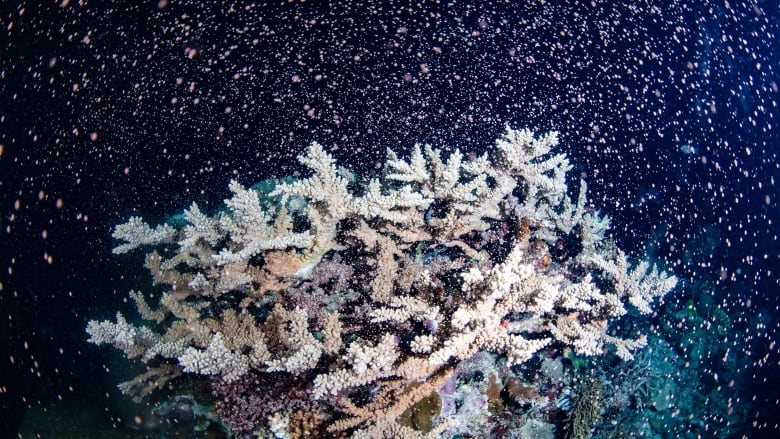
Coral reproduction is a remarkable phenomenon that occurs when the circumstances are ideal, frequently following a full moon. A colony can synchronize, with each polyp releasing its genetic material into the water to produce a sight resembling a snowfall. Deposits left by this occurrence may be seen from space on the water’s surface! After that, fresh corals can grow. Amazingly, only one polyp is necessary to establish a new reef!
11. Only here on earth do two UNESCO World Heritage Sites come together
Listed as a UNESCO World Heritage site since 1981, this breathtakingly gorgeous region of the world received not one but two honors. The unrivaled Wet Tropics, the world’s oldest rainforest, shares its coastline with the Reef.
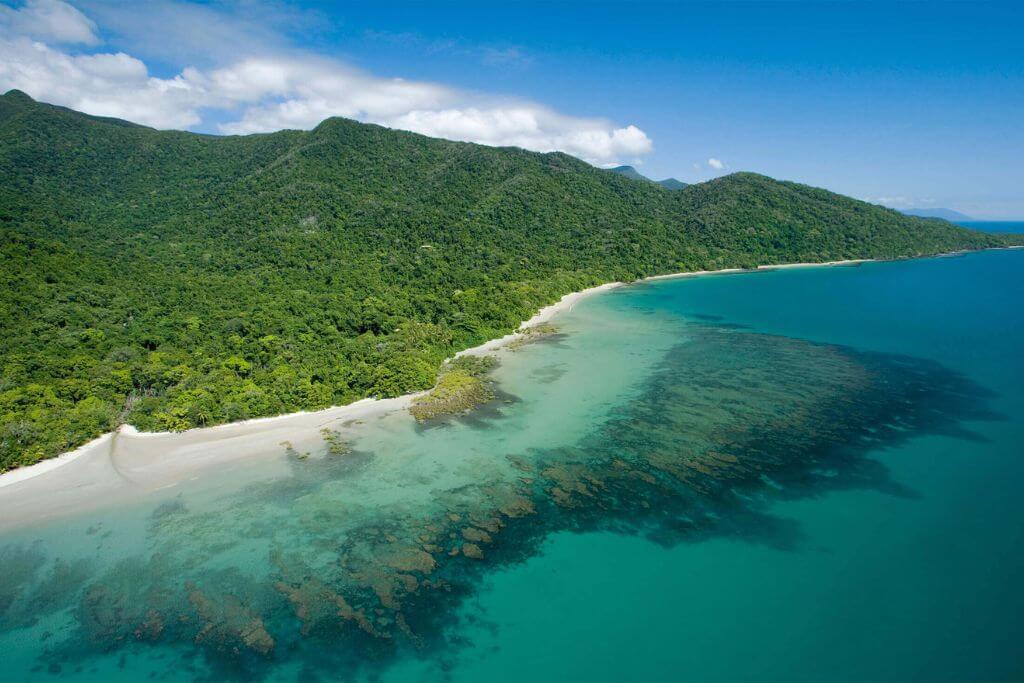
It has almost magical significance because both are home to some of the rarest animals and ancient plant life on the planet — pretty amazing stuff.
12. Greater in size than Victoria and Tasmania combined
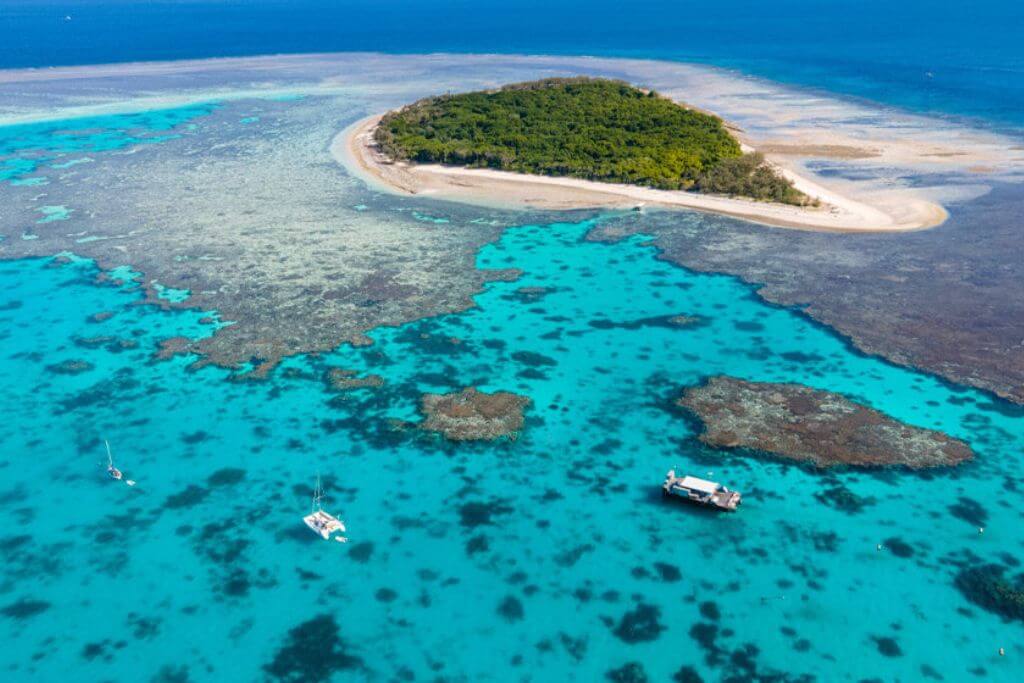
The Great Barrier Reef is huge, spanning 2,300 kilometers along two-thirds of Queensland’s coastline. With a surface area greater than two Australian states, it is the only living structure in the world that can be viewed from space. Big is an understatement.
13. Facts about The Great Barrier Reef: Volunteering is possible on the Great Barrier Reef
Even though seeing the Great Barrier Reef is a once-in-a-lifetime experience, you will never forget what you did to assist secure its continued existence for future generations. Awarded destinations include Heron Island, Lady Elliot Island, and Lady Musgrave Island for their eco-friendly lodging options, on-site research initiatives, and volunteer opportunities.
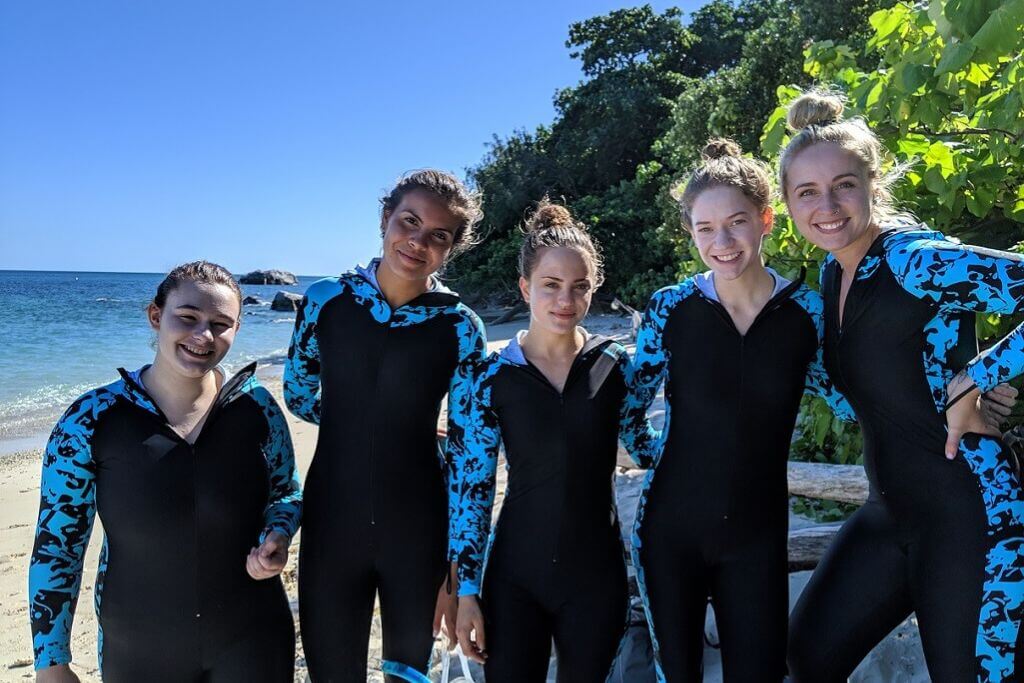
You could be on the beach one day, helping to rehabilitate a newborn turtle or learning about coral health the next, all while ensuring that the facilities and visitors leave no trace.
14. The reef “tax” contributes to funding crucial research
Anyone who spends three hours or longer in the Great Barrier Reef Marine Park must pay a daily “reef tax” of AUD$7 to maintain the Great Barrier Reef’s protection.
A fee of AUD$ 3.50 will be charged for trips lasting less than three hours. Even though tourism greatly benefits the entire region, these much-needed funds are used to support the ongoing investigation and protection work done by marine park officers.
15. Here are some of the most well-known dive locations in the world
The Continental Shelf is a hotspot for marine life activity because it extends to depths of more than 2,000 meters, compared to the Great Barrier Reef’s average depth of 35 meters.
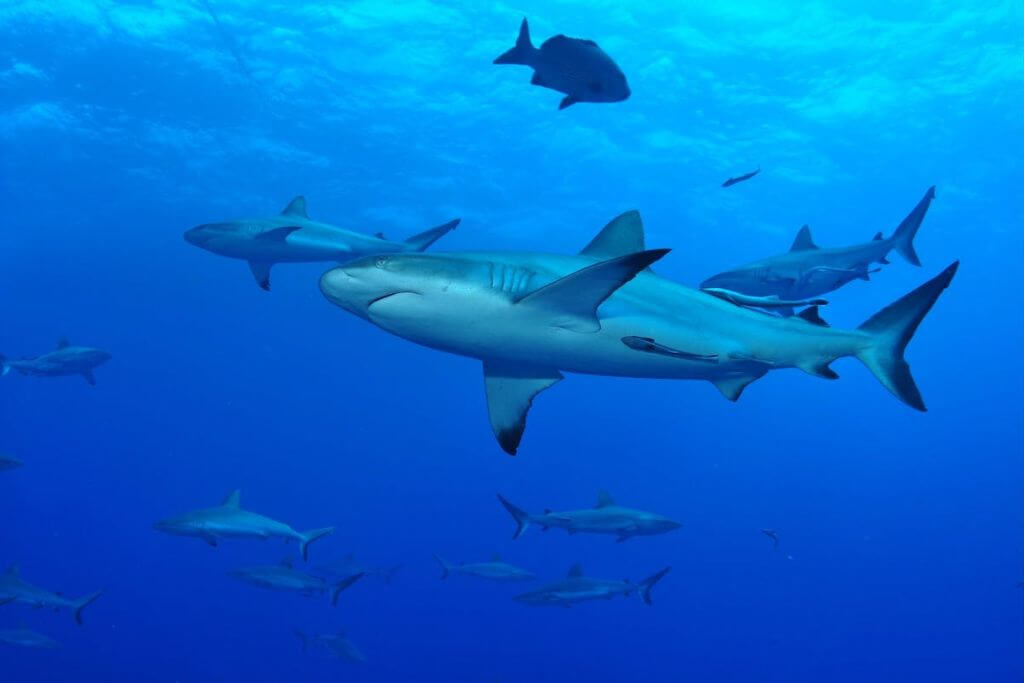
Offering some of the most breathtaking diving sites in the world, you might be swimming with whales on Norman Reef, experiencing a shark-feeding frenzy at North Horn, or drifting alongside manta rays off Lady Elliot Island, depending on the time of year. On the Reef, having too many options is just a way of life.
16. Facts about The Great Barrier Reef: Swim with the Great 8 of Australia
One of the greatest ways to see the Great Eight is when snorkeling, but be sure to keep an eye out for them. While manta rays inhabit the Southern Great Barrier Reef, you can observe humpback whales traveling along the Queensland coast in the winter.
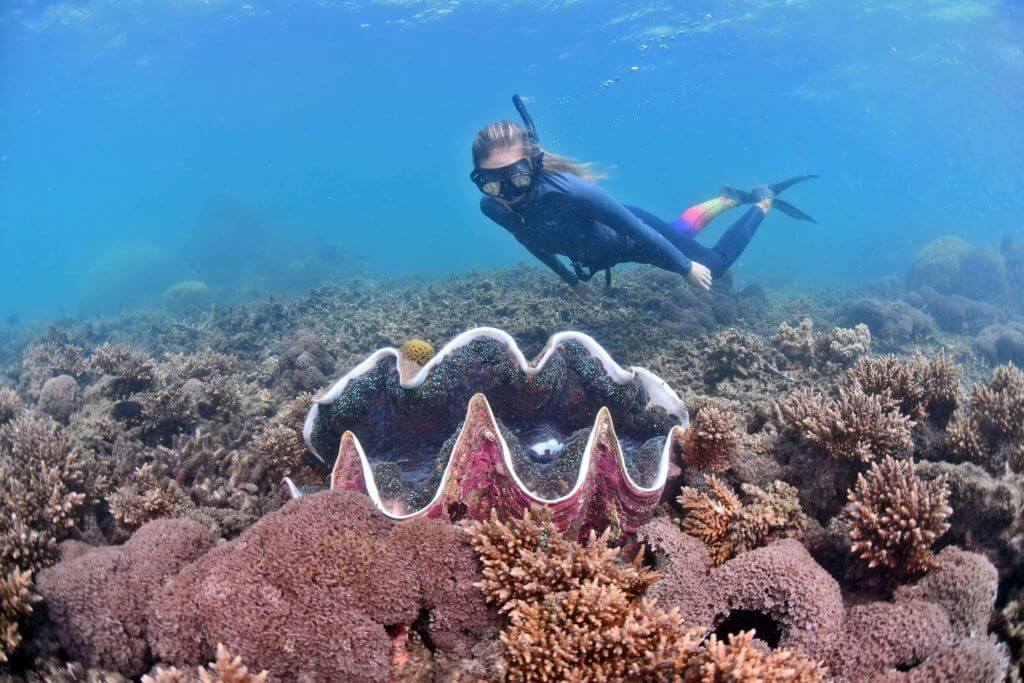
The Great Barrier Reef is covered in turtles, so chances are good that you’ll see one while snorkeling. But go directly to Mon Repos in Bundaberg if you want to see hatchlings making their first insignificant steps toward life in the water. You’ve come to the perfect reef if swimming with some of the most famous sea critters in the world is on your bucket list.
17. Fly above the Great Barrier Reef to see it
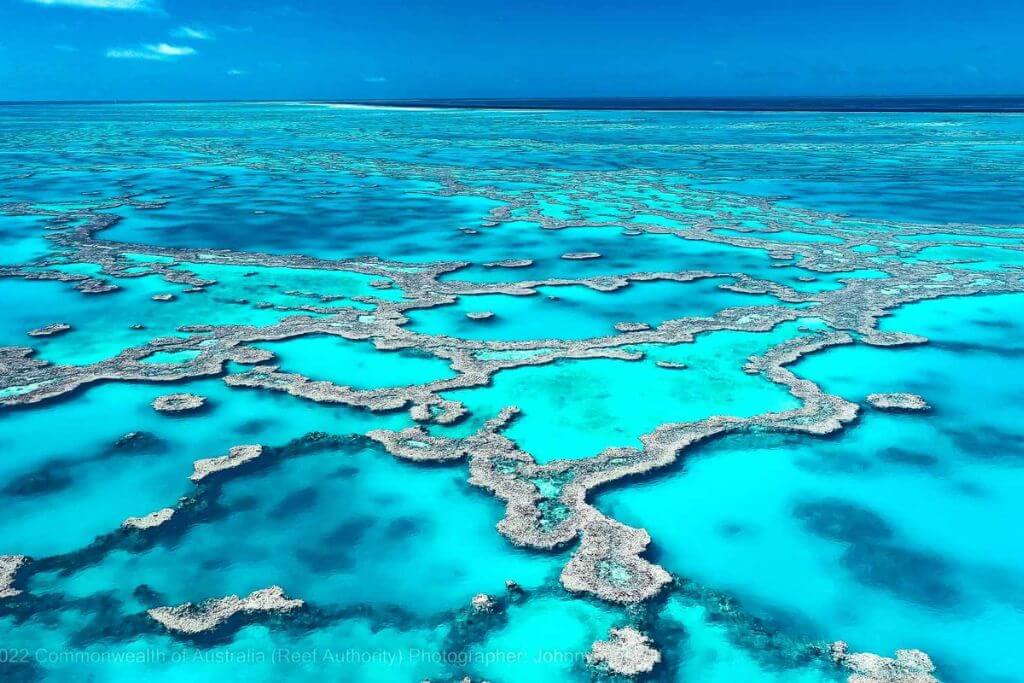
On the Great Barrier Reef, Google debuted its first-ever underwater “Street View” in 2012. The groundbreaking Catlin Seaview Survey project, a series of trips aimed at exploring and surveying the health of coral reefs globally, provided the data and imagery used in the Underwater Earth project, which allows you to observe the antics of the Reef’s residents.
Related Posts:
